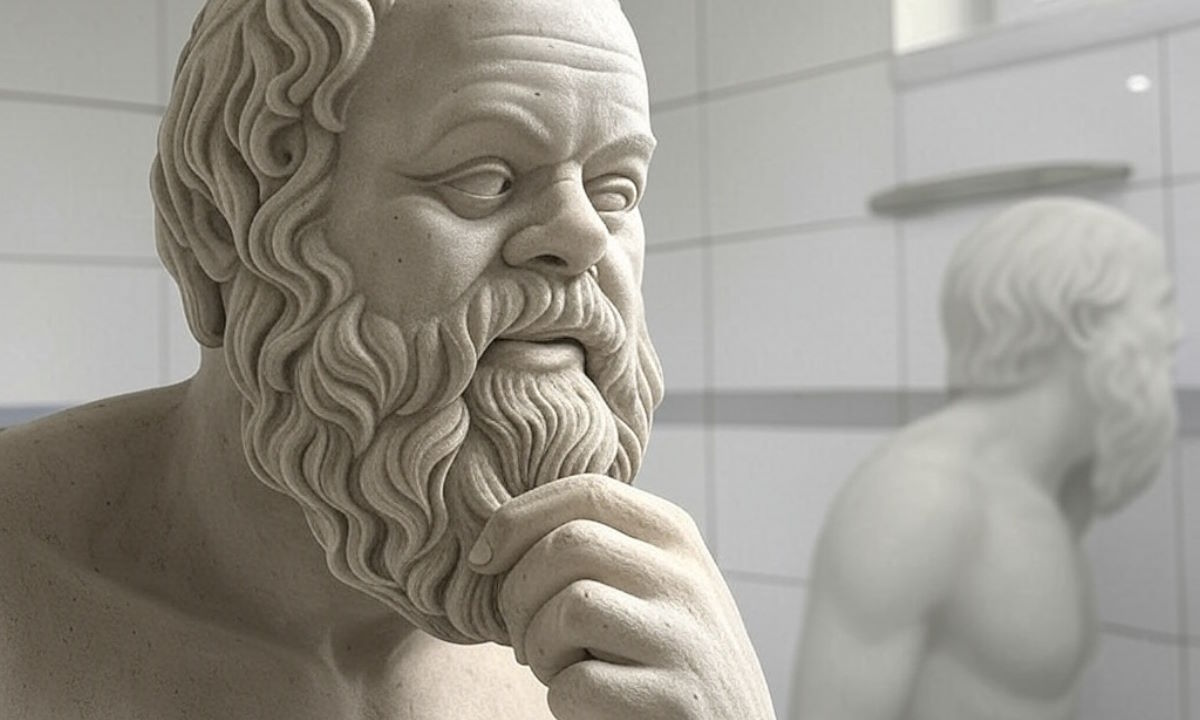A mysterious artifact allegedly discovered in an Egyptian tomb has sparked widespread speculation among historians and researchers.
This 5,000-year-old map is claimed by some to depict the American continents—centuries before Columbus and long before any recorded transatlantic contact. While unverified, the claims surrounding the map ignite debates about what ancient civilizations may have truly known.
A Map That Defies History?
According to an archaeologist, the artifact was uncovered in a sealed tomb. What makes it particularly intriguing is not just its age but what it appears to represent: coastlines, landmasses, and topographical features that resemble North and South America.
Theories of contact between Old and New World civilizations are not new. Researchers have long noted architectural parallels between Egyptian pyramids and Mesoamerican step pyramids. While most archaeologists attribute these similarities to coincidence or independent development, some wonder if there is more to the story.
Could such a map be the missing piece of evidence—tangible proof of early cultural exchange?
Suppressed Evidence or Ancient Misinterpretation?
Skeptics are quick to point out that no peer-reviewed publication has confirmed the map’s existence. No images, coordinates, or academic citations have surfaced to support the claim, leaving it shrouded in rumor. The artifact is either being kept from public view, or the reports stem from a misinterpretation of an unrelated object.
Ancient Egyptian artwork and inscriptions frequently incorporate symbolic geography—stylized depictions of real and mythical lands. What appears to be a map of America might simply be a representation of Duat (the Egyptian underworld), the four corners of the Earth, or an unknown allegorical vision.
Without access to the physical artifact or independent verification, the line between legend and history remains thin.
A Fascinating Mystery That Endures
Despite the doubts, the claim is gaining traction online, fueled by fascination with ancient mysteries, lost civilizations, and alternative history. For many, the story taps into a deeper curiosity: What if history, as taught, merely scratches the surface?
Whether the map is a misinterpreted relic or a groundbreaking discovery, the idea itself resonates with a timeless human intrigue—the possibility that early civilizations were far more interconnected than we have ever imagined.
In an age dominated by satellite imagery and digital mapping, the notion of a 5,000-year-old map redrawing our historical boundaries is undeniably captivating.









